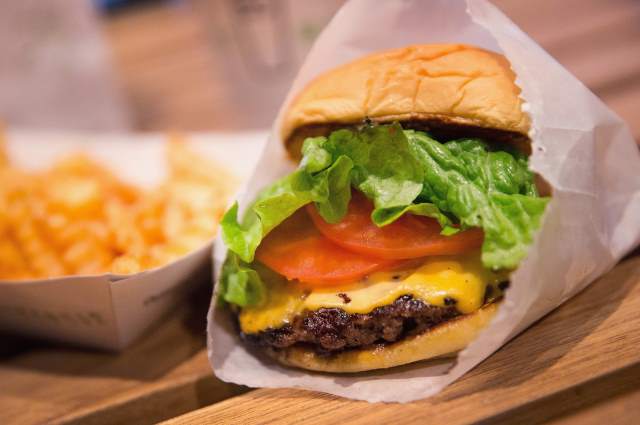Here's how customer service at restaurants can affect beef demand, which can affect your profitability.
August 5, 2015

Next time you’re flying down the highway and discover two exits too late that the folks at the drive-thru mangled your order, console yourself with this: you likely received as much customer service as that particular establishment was willing to fund.
“Turnover has been one of the more troublesome problems to manage in the foodservice industry,” says Richard Ghiselli, professor and head of Purdue University’s School of Hospitality and Tourism Management (SHTM). “In 2013, franchised establishments experienced a turnover rate of 93%.”
Do the math and it’s easy to understand why.
The current federal minimum wage is $7.25 per hour. Subtract Uncle Sam’s take from 40 or 50 hours at that rate and it might appeal to someone with few financial obligations and a need for some folding money. It doesn’t seem to offer much in the way of a living, though. That’s one obvious reason you’ve read about fast food workers going on strike across the nation and demanding $15.
Before you think we’re advocating for a higher minimum wage, consider this: “People often hypothesize that if you raise pay and offer benefits, turnover will go down. I don't think we answered the question of whether that reduces turnover, but the study showed that if you raise pay and offer health insurance, prices will go up,” Ghiselli says.
The study Ghiselli refers to is one he and other Purdue SHTM researchers recently released which examines the impact of limited-service restaurants raising wages from the minimum to $15 per hour and to $22 per hour. The latter is the American private industry wage, according to the Bureau of Labor Statistics.
By the way, a limited-service restaurant is defined as one where there is typically no table service or server tipping.
At $15 per hour, the Purdue folks calculate that prices would need to increase 4% and/or portions would have to be reduced by 12%. At $22 per hour, the Purdue folks calculate that prices would need to increase 25% and/or portions would have to be reduced by 70%.
Researchers also looked at the impact of providing health care in compliance with the Affordable Care Act (ACT).
“Health-care benefits are a little more complex,” Ghiselli says. “We did an analysis based on information at the time we started the study (2013). There were tax credits available then. With those tax credits available, giving full-time employees health insurance shouldn't affect businesses that much. When those tax credits expire, then it changes.”
So what, you ask, does this have to do with your operation? None of this seems to have much to do with beef demand, unless you believe consumers pay for value.
Consider that a growing portion of beef production in this country is consumed away from home. That’s everything from steaks at the toniest restaurants to burgers at the cheapest joints.
Also consider that more than half of all beef in this country is consumed in ground form—about 55% to 60%, depending on the data. That includes taco meat, pizza toppings and all of the rest, but a hefty portion is good old American hamburgers grabbed on the fly.
Historically, the fast-food trade-off was clear: if you want value, defined as quick service, consistent quality and relatively low prices, then stop here. If you want higher quality, are willing to wait longer and spend more money, go somewhere else.
That distinction started growing blurrier as hamburgers became more upscale, with a few local and regional chains going national based on the quality of their product.
That line got even fuzzier as food quality became, in my opinion, less consistent at some of the traditional fast-food leaders, and as customer service started to redline at abysmal.
Or, maybe service deteriorated, eroding our image of the product and its value.
As the study and common sense suggest, however, getting and keeping folks motivated to provide higher levels of customer service comes at a price. “The other way to look at this, if you don't want to raise the prices, is to examine the impact on product size,” Ghiselli says. “As expected, a hamburger would be much smaller.”
Years ago, when choices were much fewer, a buddy and I were heading home from a bull sale and swung through the drive-thru. It was one of those simple orders that led to an interminable wait in line a few cars back. When we finally got to the window, my buddy motioned to the growing line behind us and said in his friendliest voice, “Should I get out and apologize to all of them, or will you?”
The Purdue study was co-authored by Jing Ma, a doctoral student and SHTM graduate teaching assistant. It was published in the Journal of Foodservice Business Research.
You might also like:
Are feeder cattle prices on the cusp of a collapse
How to prevent foot rot in cattle
How to prevent & treat pinkeye in cattle
When is the best time to wean? It might be younger than you think
5 foundational ideas for a successful ranch
What's the best time to castrate calves? Vets agree the earlier the better
You May Also Like

.png?width=300&auto=webp&quality=80&disable=upscale)
.png?width=300&auto=webp&quality=80&disable=upscale)
